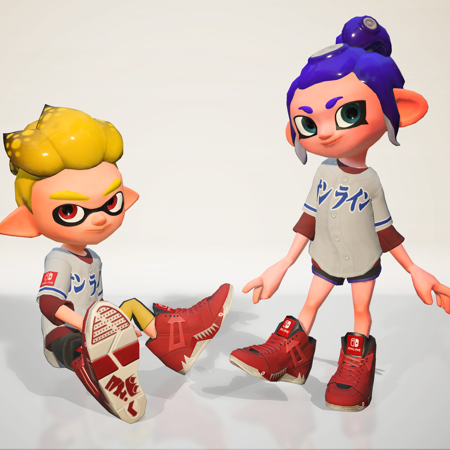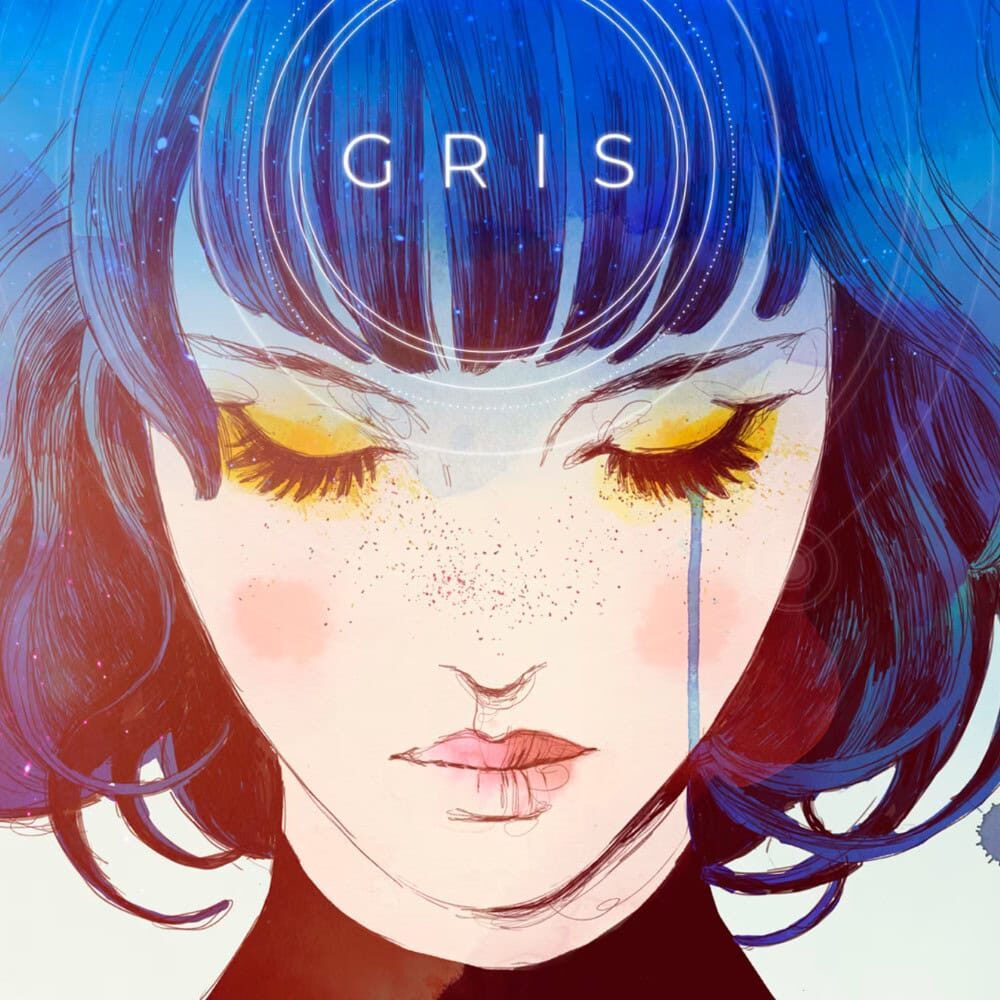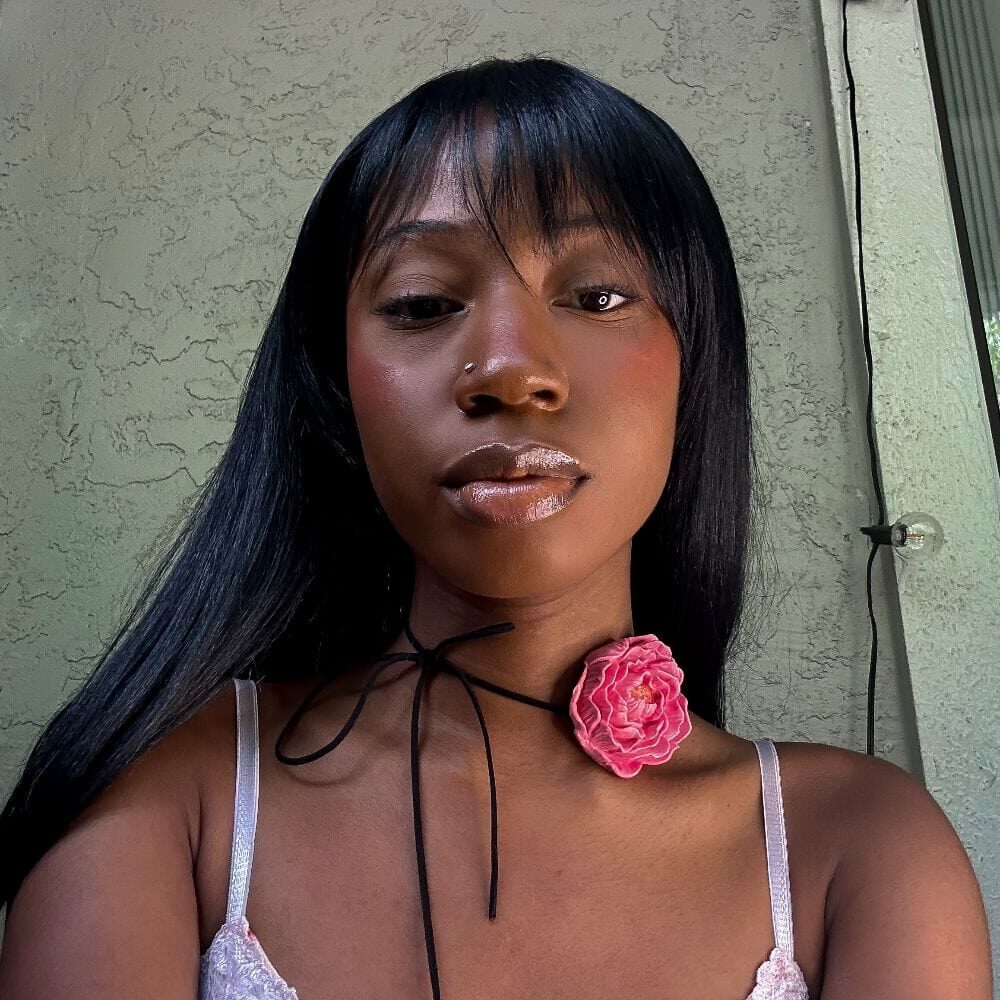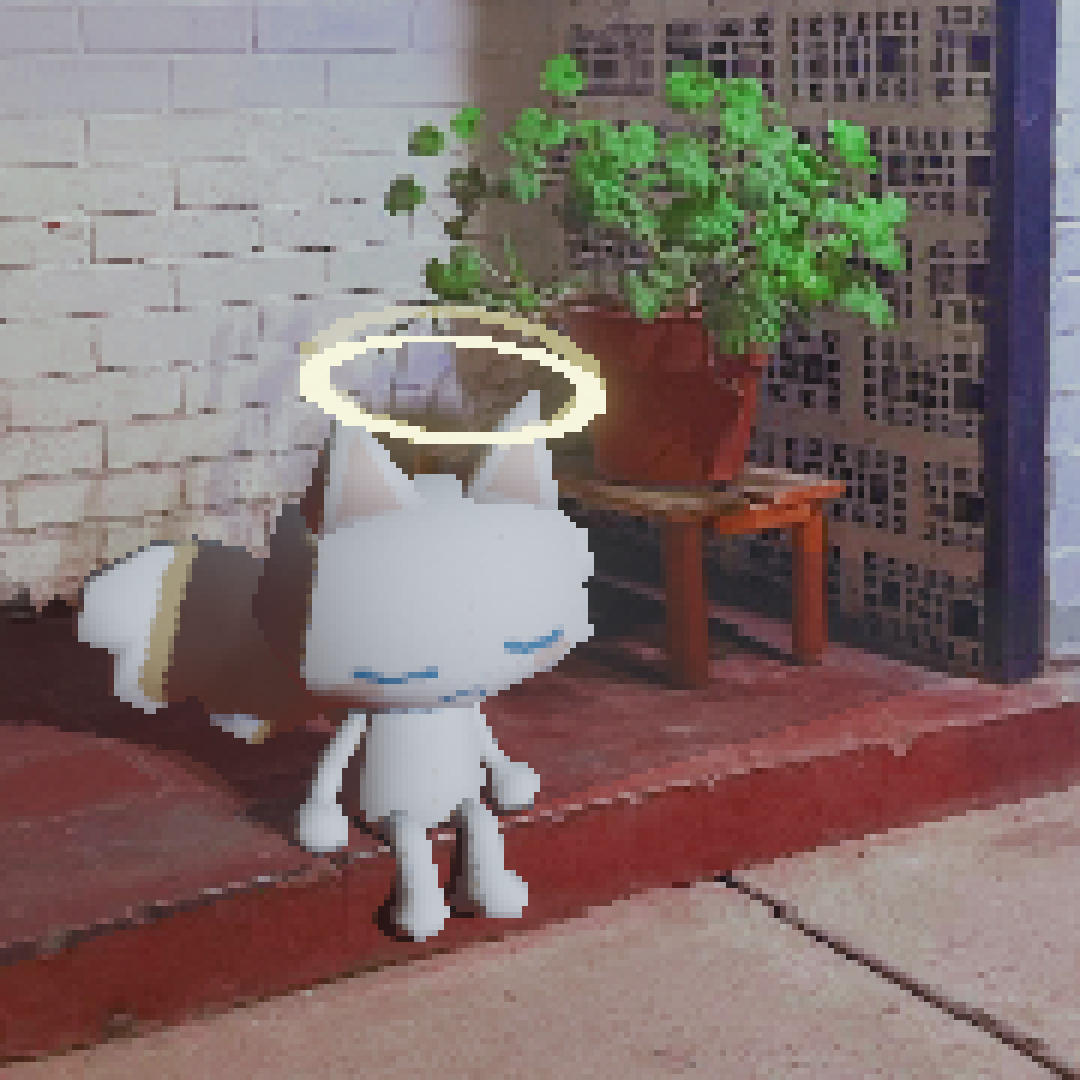
Redefining the Digital Luxury Experience
The concept of the fashion metaverse has rapidly evolved from a niche experiment to a burgeoning frontier where technology, fashion, and social interaction converge. With platforms like DREST leading the charge, the metaverse offers a transformative space for brands and consumers alike. This thought piece explores the intricate dynamics of the fashion metaverse, its impact on the gaming community, and the broader implications for the fashion industry.
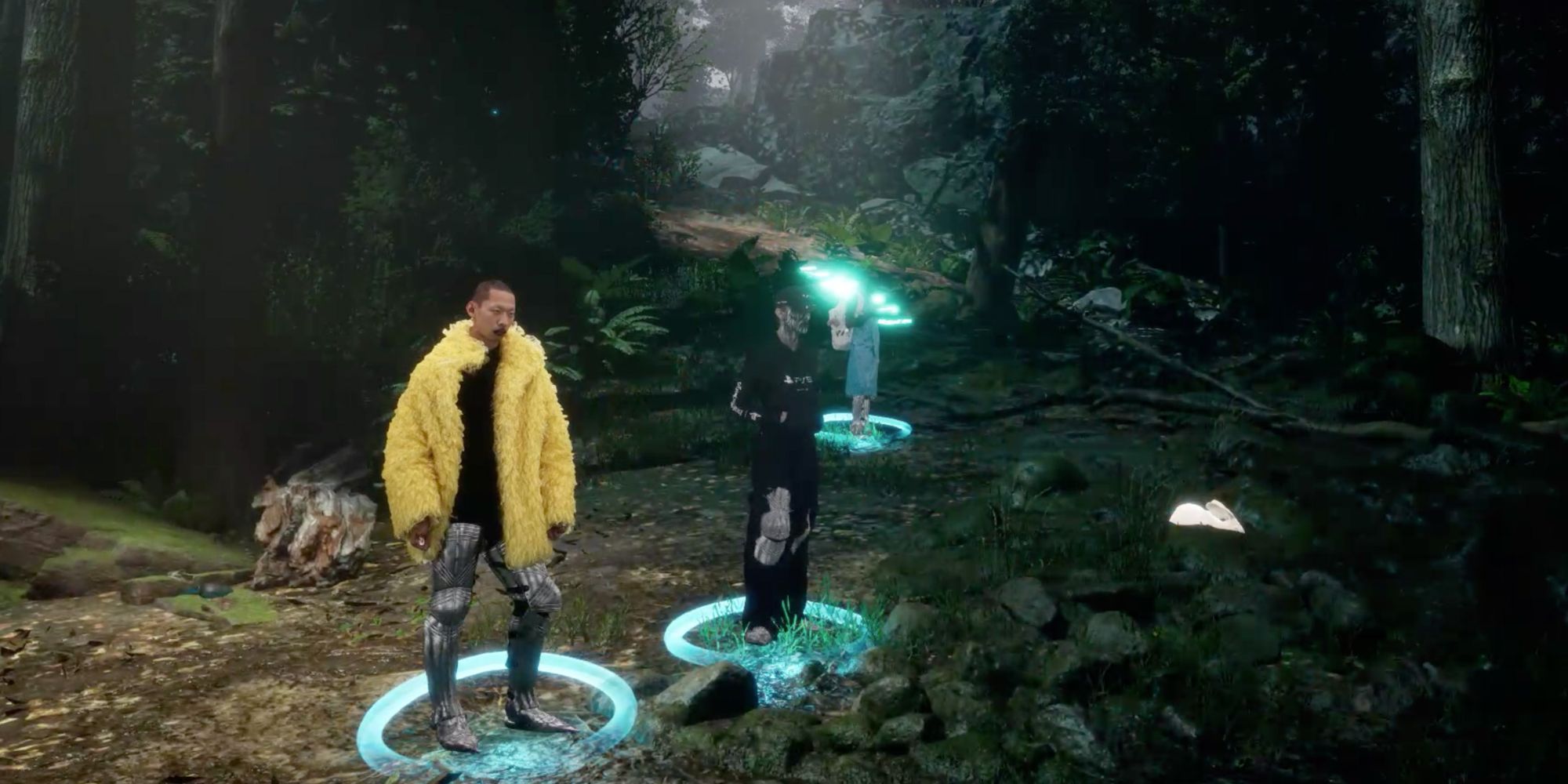
The metaverse is a collective virtual shared space, created by the convergence of virtually enhanced physical reality and persistent virtual space. It is populated by avatars—digital representations of users—and offers an immersive environment for interaction. This evolution has seen the emergence of virtual fashion shows, NFT fashion collections, and immersive retail experiences, all of which are redefining how fashion is consumed and experienced.
One of the earliest significant forays into the fashion metaverse was by Italian brand GCDS, which hosted a virtual runway show in 2020, featuring avatar models and a virtual front row populated by celebrities like Dua Lipa. This innovative approach not only circumvented the restrictions imposed by the pandemic but also set a precedent for future virtual fashion events.
Following suit, Metaverse Fashion Week (MVFW) in Decentraland marked a pivotal moment. Held in March 2022, it featured a mix of catwalk shows, pop-up shops, after-parties, and immersive experiences. Major brands like Gucci, Balenciaga, and Ralph Lauren participated, showcasing their digital collections and further legitimizing the metaverse as a viable platform for high fashion.

The intersection of fashion and gaming within the metaverse has had profound social and financial implications. Gaming communities, already accustomed to virtual environments and in-game purchases, have embraced fashion as a new form of self-expression. Virtual fashion items and NFTs (non-fungible tokens) have become status symbols, much like rare skins and exclusive items in traditional games.
___STEADY_PAYWALL___
Financially, the fashion metaverse presents a lucrative opportunity. Digital fashion items, which require no raw materials and minimal labor, have high-profit margins. Brands like Dolce & Gabbana, Gucci, and Balenciaga have reported significant revenue from their virtual collections (Harper’s Bazaar Australia). Moreover, the ability to purchase both digital and physical versions of fashion items, as seen with brands like Hogan, bridges the gap between the real and virtual worlds, creating a seamless shopping experience.
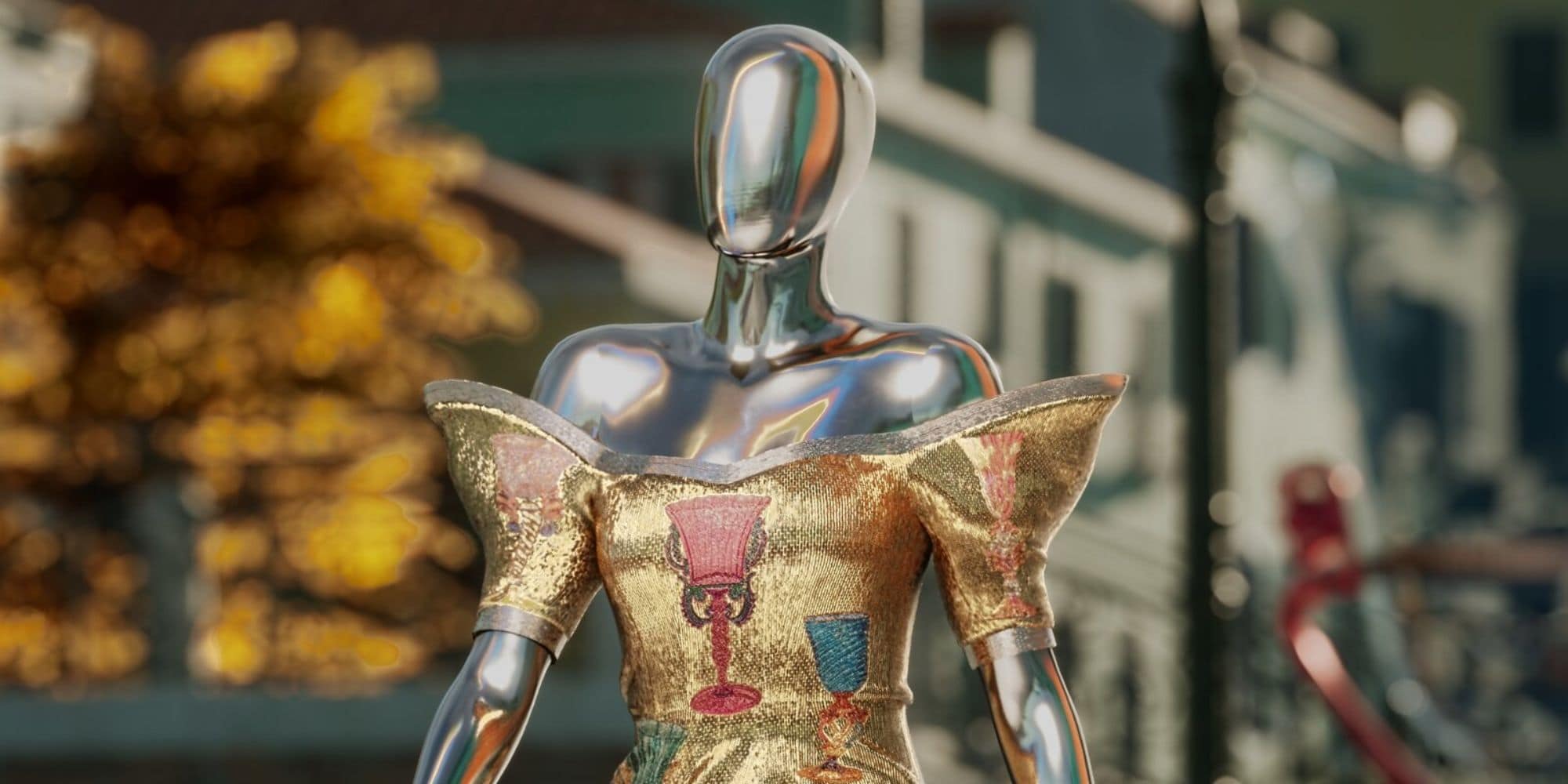
The success of virtual fashion shows lies in their ability to engage a global audience without the logistical constraints of physical events. For instance, Prada’s Spring/Summer 2021 virtual show offered detailed close-ups of garments, creating an intimate experience for viewers. Similarly, Balenciaga’s “Afterworld: The Age of Tomorrow” was a video game that launched their A/W 2021 collection, blurring the lines between fashion presentation and interactive entertainment.
Brands are also exploring hybrid approaches. Selfridges and Paco Rabanne reimagined a physical London exhibition as a virtual space, featuring digital dresses sold as NFTs. This combination of physical and digital experiences caters to both traditional fashion enthusiasts and tech-savvy consumers.
As the metaverse continues to evolve, it promises to revolutionize fashion retail. Virtual stores in platforms like Decentraland allow consumers to interact with digital renderings of products, try them on their avatars, and even purchase physical versions. This immersive shopping experience offers a level of engagement and convenience that traditional e-commerce cannot match.
Moreover, the metaverse provides a platform for emerging designers to showcase their work alongside established brands, democratizing access to the fashion industry. Virtual fashion weeks and pop-up shops offer a cost-effective way for new talent to gain exposure and build their brands.
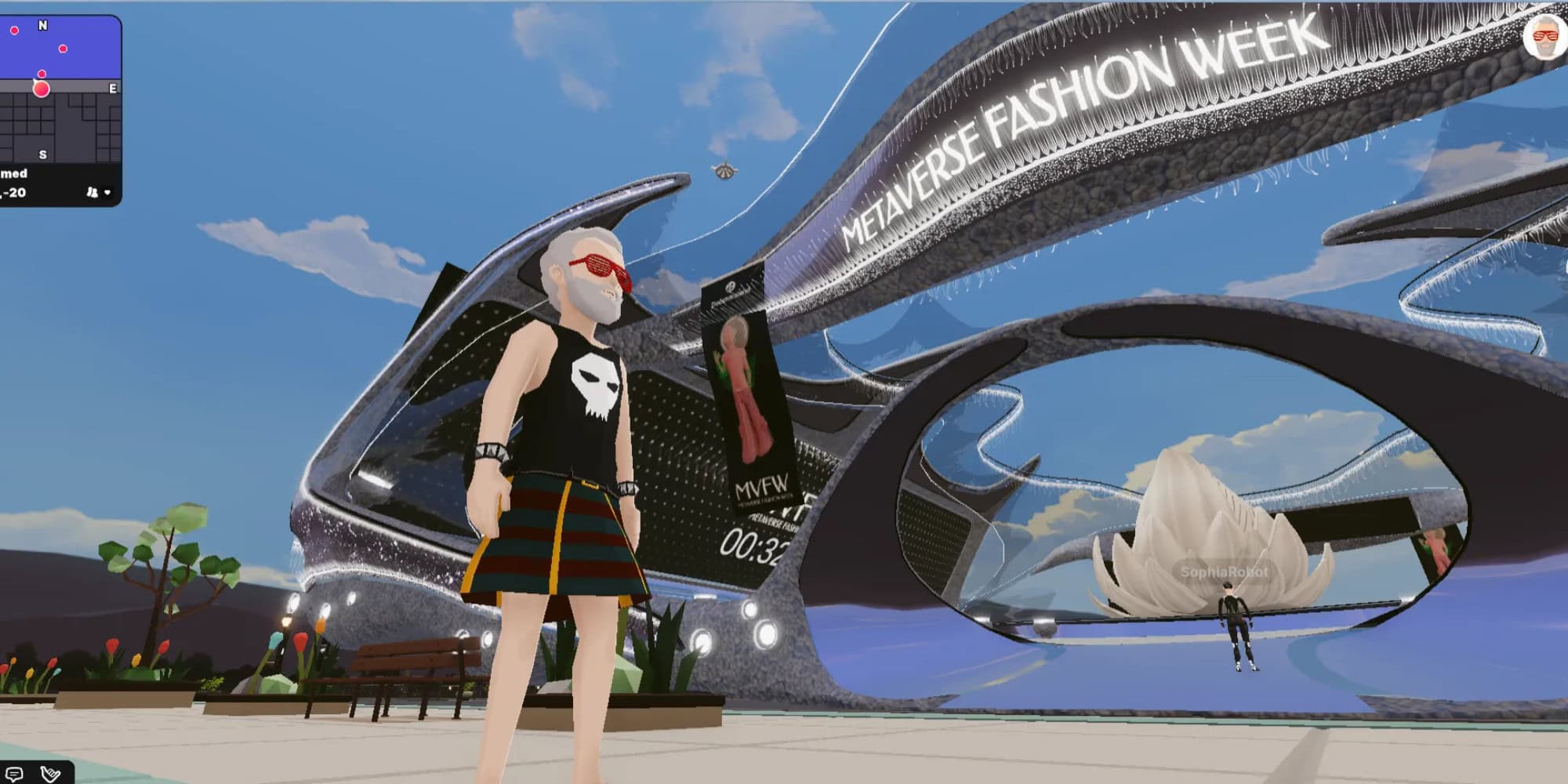
The fashion metaverse is more than a trend; it’s a fundamental shift in how fashion is created, presented, and consumed. Platforms like DREST are at the forefront of this transformation, leveraging the immersive potential of the metaverse to offer unique experiences that blend fashion, gaming, and social interaction. As technology advances and more brands embrace this digital frontier, the possibilities for innovation in fashion are limitless.
The metaverse offers a dynamic and inclusive space where creativity knows no bounds, and the future of fashion is being reimagined in ways we are only beginning to understand. Whether through virtual runways, digital fashion collections, or immersive retail experiences, the fashion metaverse is set to redefine the industry for years to come.
Enjoyed this story? Support independent gaming and online news by purchasing the latest issue of G.URL. Unlock exclusive content, interviews, and features that celebrate feminine creatives. Get your copy of the physical or digital magazine today!




